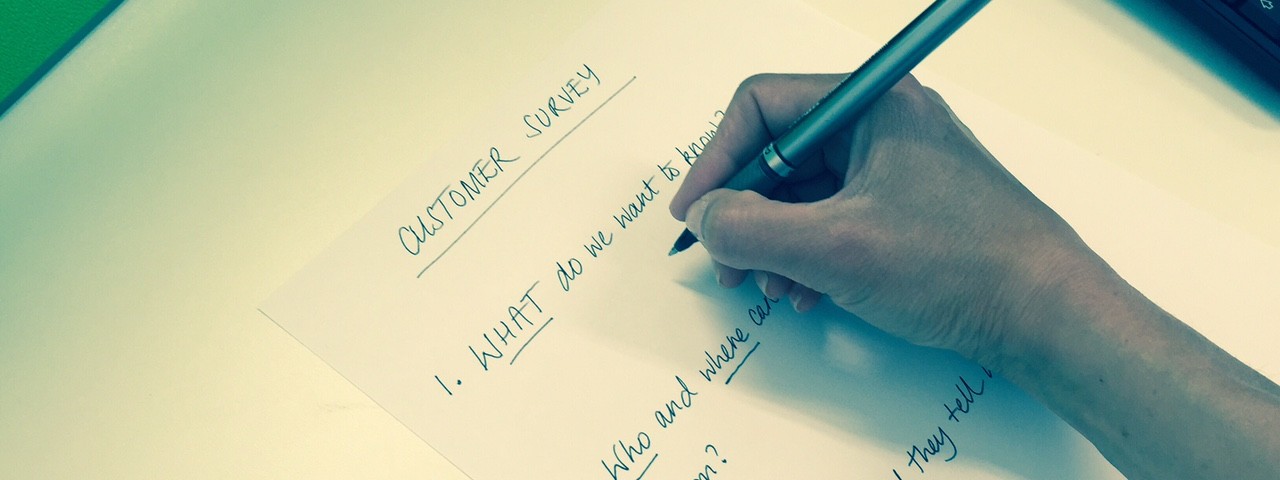
26th June, 2015
There comes a time in every business when you need to understand more about your customers. It could be that you actually have a mountain of secondary (existing) research data at the touch of your fingertips (see our recent blog for help with this) but at times only a primary research method – to gather exactly the information you need – will do. And if your chosen method is the humble but powerful survey, PFA can help you get planning.
Here are some handy tips to consider before you start writing questions.
It seems like a very simple question, but setting out what you want to know first, will help you hone in on the data that will actually help your business. Consider the outputs before you start writing questions. Are you looking to understand more about customer satisfaction for specific products, or for your business in general? Will your survey show you how to address a problem within a production line, or monitor the ethos in the workplace? Finally, will the data be used in conjunction with other information and be repeated over time, or is this a stand-alone, one-off, survey?
This is a double question comprised of who and where. Who do you actually need to survey and where are these people located – how will you reach them and which method of contact would be best? Be clear from outset. Decide on exactly who you need to target, and you’ll also be able to tailor the questions to make responses more accurate. The more accurate the responses, the better your data will be and the clearer your insight.
Tell the respondent why their data is important. Help them understand the benefit of your survey to themselves, and to your business. If the respondents can better relate to your cause, they’ll be more likely to answer accurately.
As well as this, be concise. Ensure each sentence is to the point. Your respondents will not engage with waffle. You’ve a window of opportunity when the survey arrives at their desk – make sure you seize it.
This final point is perhaps the most important. Read your survey back and test filling it in yourself. Make sure you can understand and answer each question. Try reading it aloud to pick out any awkward phrases you may have glossed over. This practice also helps you establish how long your survey might take to answer. If it is too long, reassess your questions, or the data you’re asking for.
As our MD, Robert Rush, says: “Don’t ask 3 questions when one will do”. At best you’ll get lots of data. At worst, your respondent will put the survey down, make a cup of tea, and forget your survey forever.
If you need help with your survey, please feel free to give us a call on 01326 375705 – we’re very interested to hear about your own experiences and would be happy to offer some advice.
Also look out for our forthcoming blog on questioning design and techniques.